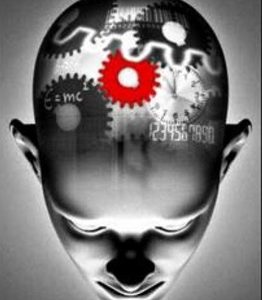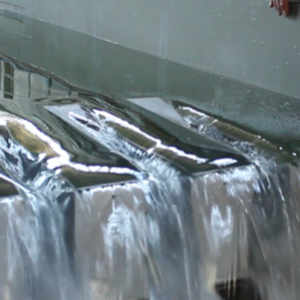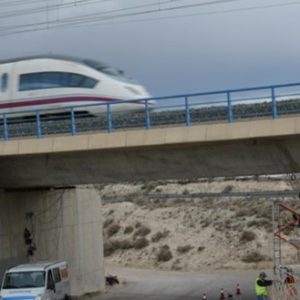Brief description of the technology solution and the added value it provides
The Group of Biometrics, Biosignals and Security (GB2S) within Centro de Domótica Integral (CeDInt) from Technical University of Madrid (UPM) has developed a stress-detection system to provide information on the state of mind of an individual for real-time applications and designing a low computational cost implementation.
This detection is of great interest for applications requiring a good preparation in high stress demand situations (such as training special forces) or a complement to existing security (as in the case of biometrics, road safety or automation). The method requires only two physiological signals (heart rate and galvanic skin response) and just easily integrated and noninvasive sensors, resulting in wide acceptance and usability by the individual.
The stress-detection accuracy obtained hit 85% rates in an environment controlled laboratory.
Description of the technological base
The software provides a solution for stress detection based on two physiological signals (heart rate and skin conductance), especially geared for real-time environments, which requires knowing the individual’s mood instantly.
It must be noted that the main difference is based on modeling the behavior of both physiological signals in different degrees of stress by employing fuzzy logic, which allows a maximum adaptation to each subject.
Moreover, its low computational cost and the ability to integrate the required sensors represent a low invasiveness, resulting in increased acceptance and usability.
Commercial sector applications are:
- Security: training special forces (police, fire, military) to improve its performance in stressful environments.
- Transport: drowsiness detector driving.
- Health: monitoring elderly (falls, accidents).
“The proposed method, based in fuzzy logic, achieves detection rates of 85% stress in a controlled environment laboratory“
Market demands
Security
- Training special forces (police, fire, military) to act properly under stressful situations.
- Soldier monitoring to quantify resilience and maximize the effective action in combat.
Transport
- In Spain, 16% of road accidents are caused by falling asleep while driving.
- Monitoring the attention of a driver in a non invasive way is one of the main goals in research related to road safety.
- Also, excessive stress while driving leads to traffic accidents.
Health
- Falls and other common accidents are a major cause of death in elderly people.
- The social phenomenon called Silver Tsunami provides current governments’ inability to deal with proactive monitoring of elders.
Competitive advantages
- Low invasiveness in acquiring physiological signals, resulting in higher integrability of sensors and user acceptability.
- Continuous monitoring by quantifying the stress level of the individual.
- High accuracy in the stress detection (85%).
- Customized and adaptative stress detection according to individual’s mood over time.
- Stress detection method based on fuzzy logic with low computational cost and processing times in milliseconds.
“An accurate and instant stress detection could detect when a person falls asleep while driving (no stress), when an older person falls (nervousness) or if a soldier needs reinforcements for being unable to face combat missions (high stress) “
Development stage
- Concept
- Research
- Lab prototype
- Industrial prototype
- Production
Contact
Contacto BIO-estrés
Gonzalo Bailador, Carmen Sánchez Ávila
e: {gbailador, csa}@cedint.upm.es
Contacto UPM
Área de Innovación, Comercialización y Creación de Empresas
Centro de Apoyo a la Innovación Tecnológica – UPM
e:














